The Mainstreaming of Diwali in America
The evolution of Diwali celebrations in America should not be understood as an independent phenomenon, but rather as concurrent with the rising trajectory of the Indian American community itself.
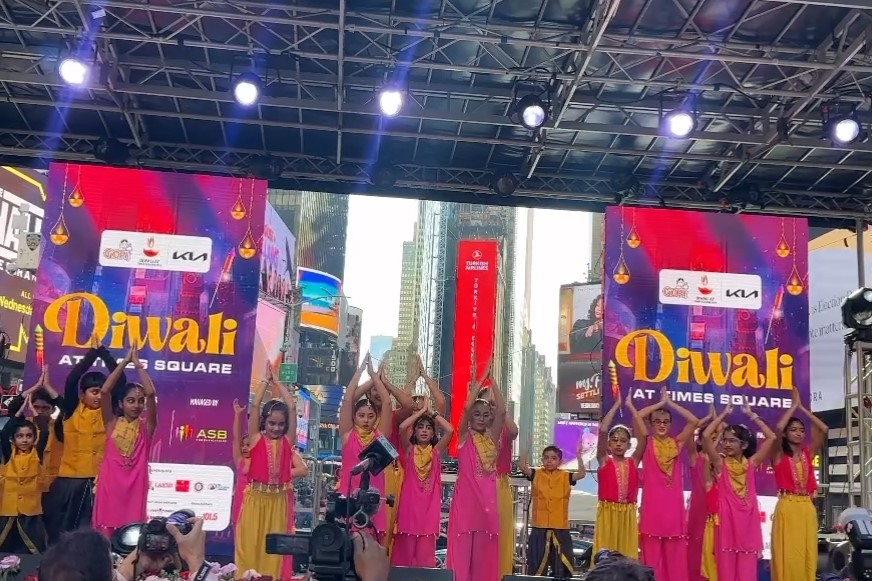 Diwali event at Times Square. / Instagram/Diwali at Times Square
Diwali event at Times Square. / Instagram/Diwali at Times Square
I was amazed during a recent trip to my local Costco to find an abundance of Diwali themed items, including large decorative boxes of mithai and colorful plates adorned with diyas or clay lamps.
One would of course expect to find such items at Indian stores, but it was a welcome sight to see Diwali themed merchandise on full display at a big box retail store like Costco, which draws thousands of customers every day from all ethnic and religious backgrounds.
My Costco experience was not isolated by any means and has become symbolic of a much larger trend that is occurring across America.
From American Girl and Barbie dolls, to the aisles of Target and TJ Maxx, to Good Morning America and the bright lights of Times Square, Diwali is firmly establishing itself as a mainstream American holiday.
Today, finding Diwali decorations, products, and celebrations in cities and towns across the country has become commonplace. And seeing non-Indians or those from non-Dharmic religious traditions fully participating in these celebrations with equal fervor is similarly common.
What makes Diwali, like other Hindu festivals, particularly attractive to many Americans is the uplifting and inclusive nature of the holiday and its universal message of the victory of knowledge over ignorance, our inner light over spiritual darkness, and good over evil. The vibrant colors, positive energy, great food, and fun celebrations don’t hurt either.
But it was not always like this.
In fact, the proliferation and mainstreaming of Diwali has accelerated at a rapid pace in the past few years. Previously, while Diwali was certainly celebrated and visible to an extent, it hadn’t gained the same mainstream prominence that it has today.
The evolution of Diwali celebrations in America should not be understood as an independent phenomenon, but rather as concurrent with the rising trajectory of the Indian American community itself.
As the community has grown and asserted itself in all aspects of public life, so has the visibility of Diwali.
While the first official recognition of Diwali through Congressional resolutions in the House of Representatives and the Senate, advocated for by the Hindu American Foundation along with other community groups, was a unique occurrence back in 2007, such resolutions and proclamations in federal, state, and local governments are widespread today. Not to mention celebrations in the White House, Capitol Hill, and many local and state jurisdictions. It's even become an official holiday in some school districts in the country.
Importantly, these resolutions, celebrations, and holidays not only educate the general public about Diwali and the broader Indian and Hindu American communities, but also encourage the diaspora to engage civically with their government officials at all levels and jurisdictions.
Beyond these initiatives, what really stands out today about Diwali in America is its mainstream marketability through pop culture, food, children’s books, toys, and everything in between. This has been driven in part by the deep desire of many young Indian and Hindu American parents, especially second generation ones, to pass on the traditions to their children in a uniquely American way
The timing of Diwali this year and its convergence with Halloween has led to even more creative and fun ways to celebrate both holidays. Indian American social media influencers and companies, for instance, have come up with unique ideas, from distributing mithai to unsuspecting trick-or-treaters, to designing fusion costumes for kids, to constructing spooky Halloween decorations with an Indian flare.
Halloween or not and regardless of how the diaspora chooses to celebrate, one thing is for sure, Diwali has made its mark on American culture and is here to stay.
If anything, it's only going to continue to grow and become more vibrant, colorful, and lively year after year, as it takes its rightful place as a mainstream American holiday.
The author is Managing Director, Policy and Programs of the Hindu American Foundation.
(The views and opinions expressed in this article are those of the author and do not necessarily reflect the official policy or position of New India Abroad)
ADVERTISEMENT
ADVERTISEMENT
E Paper
Video


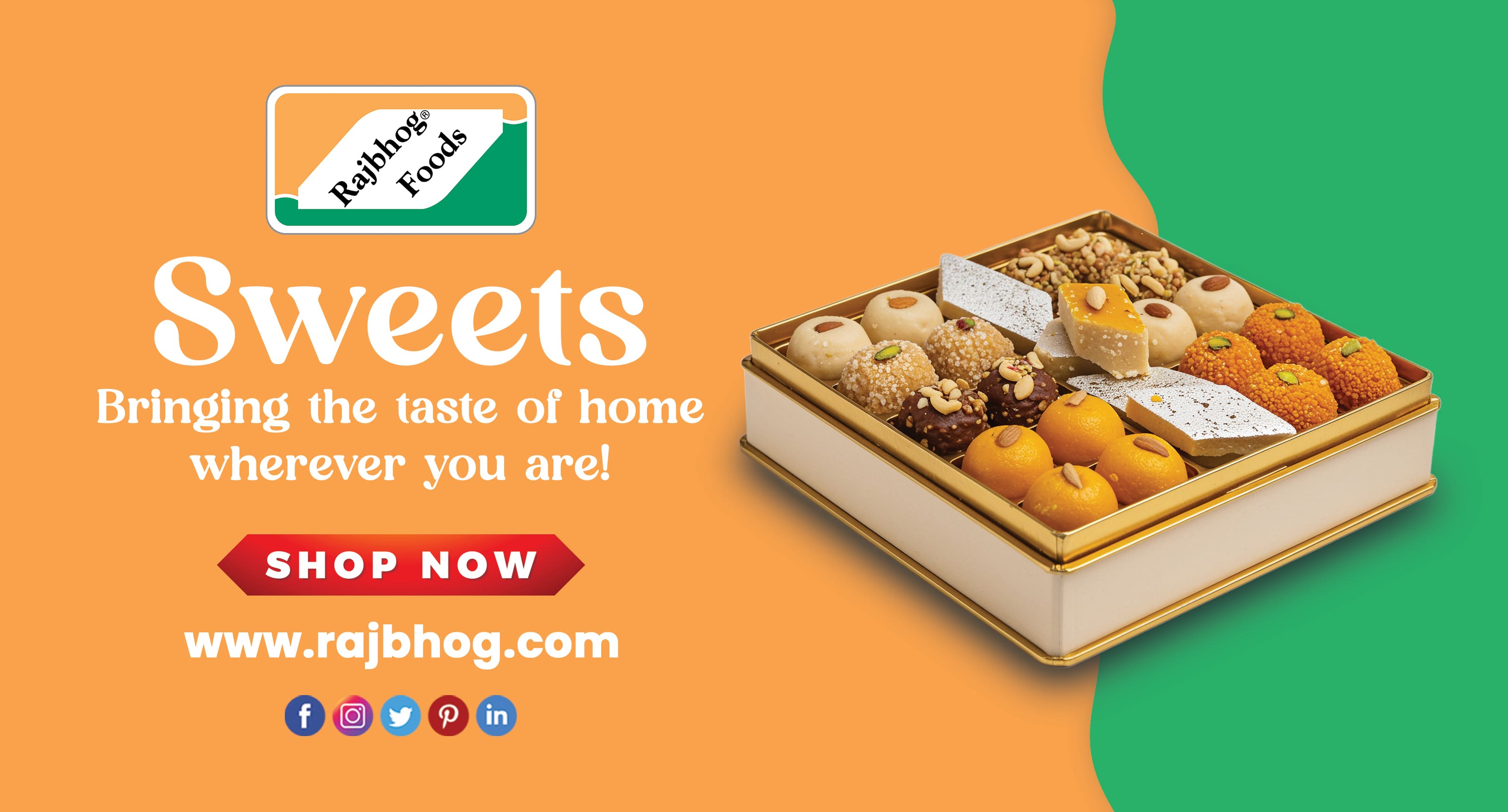
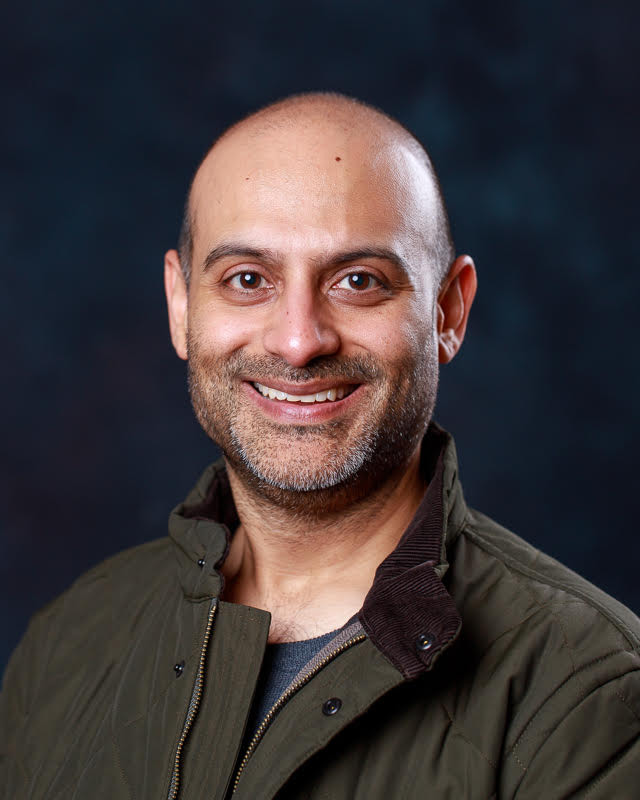 Samir Kalra
Samir Kalra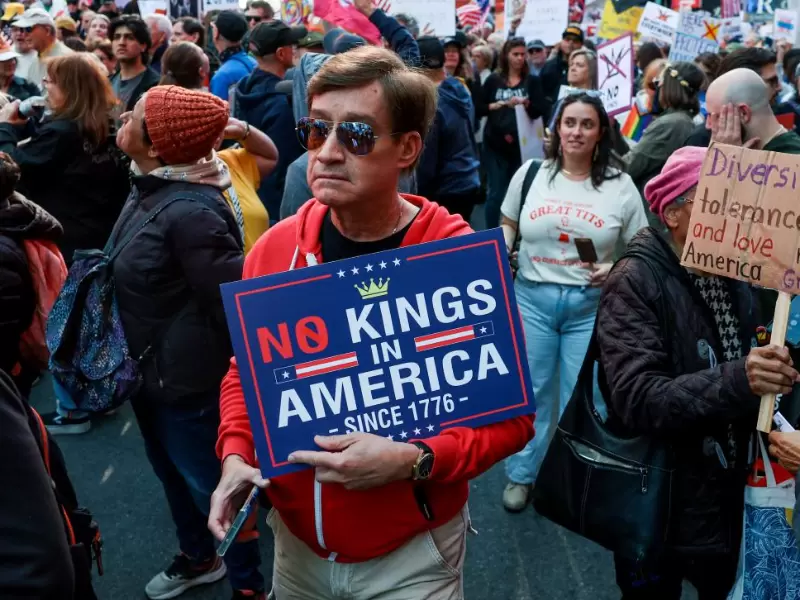
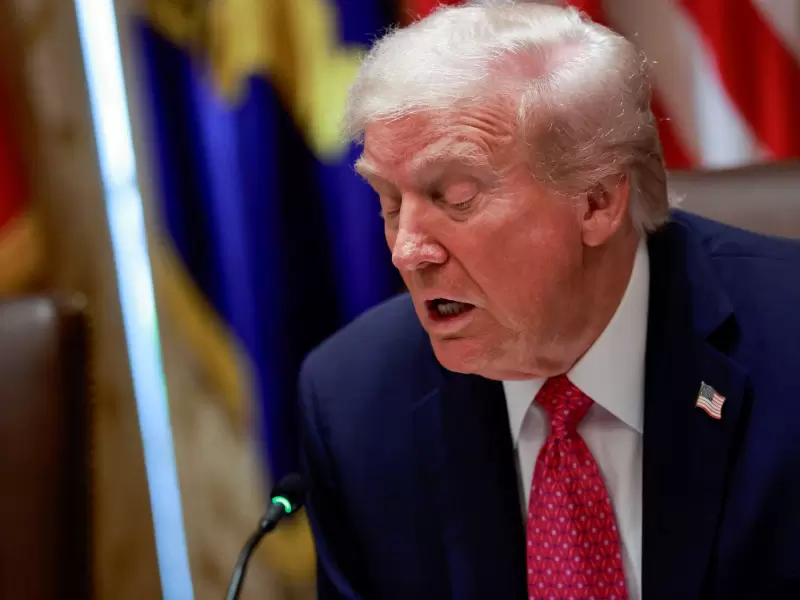
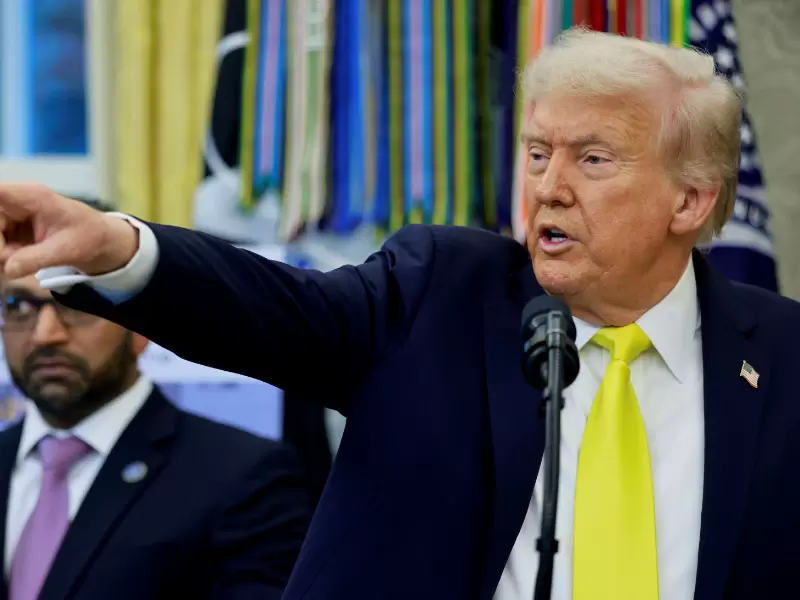
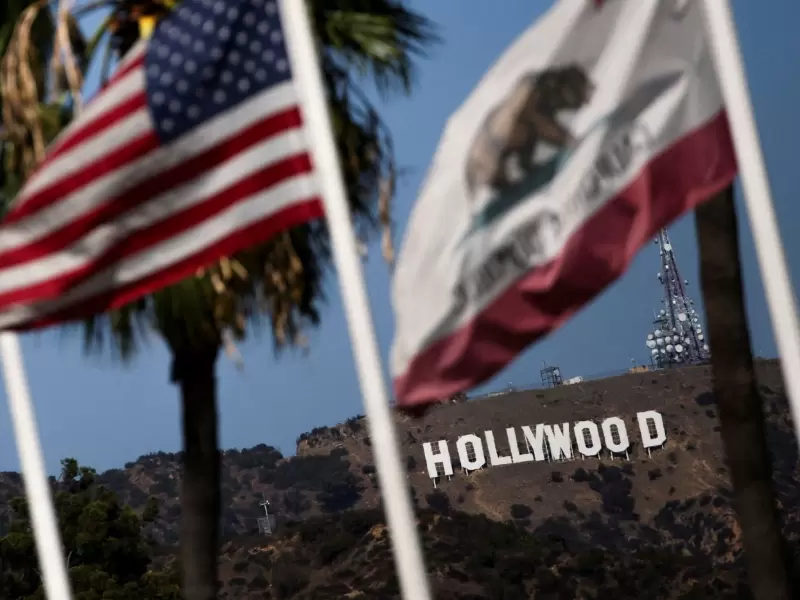

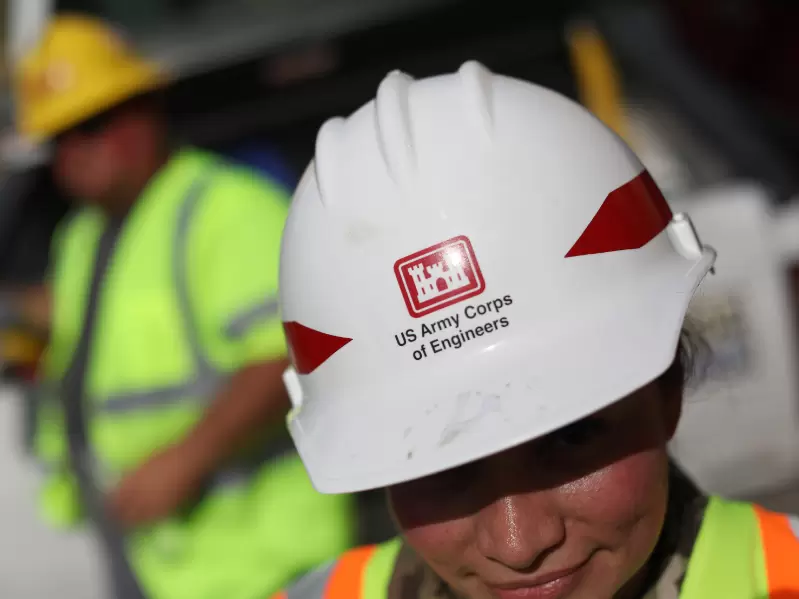
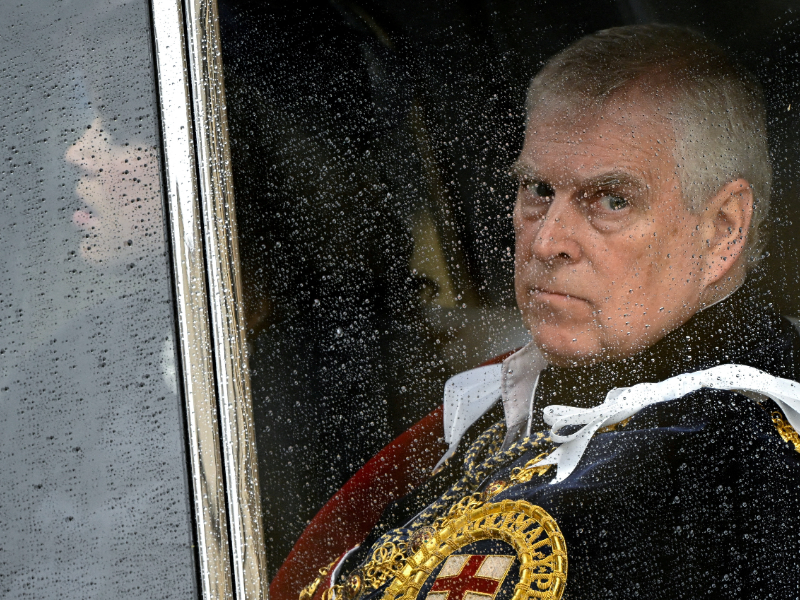
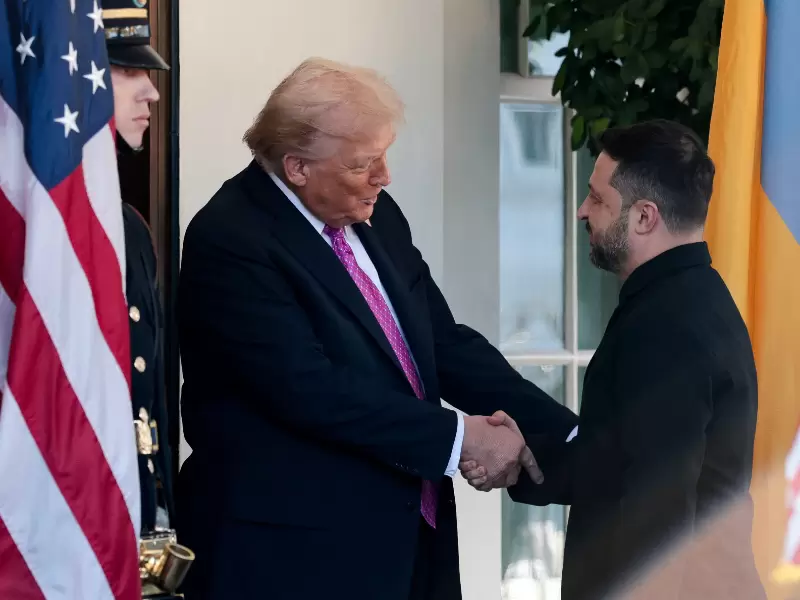

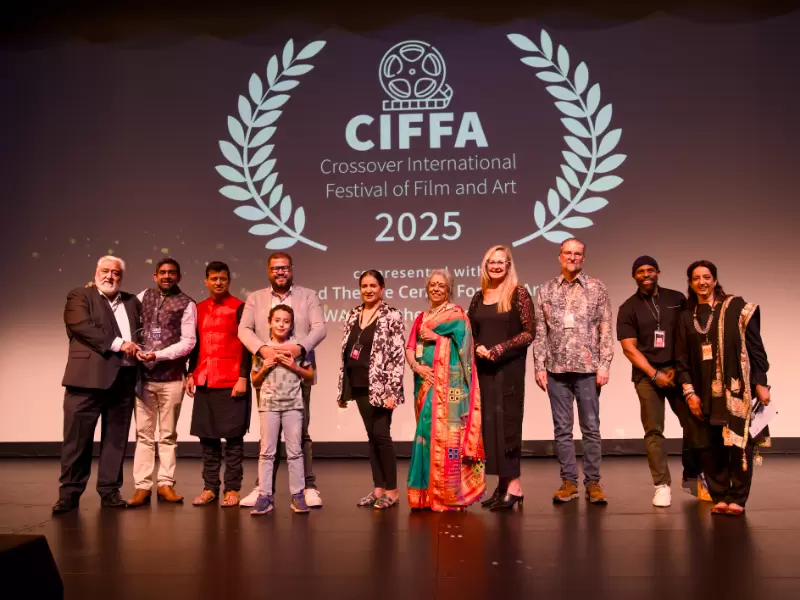
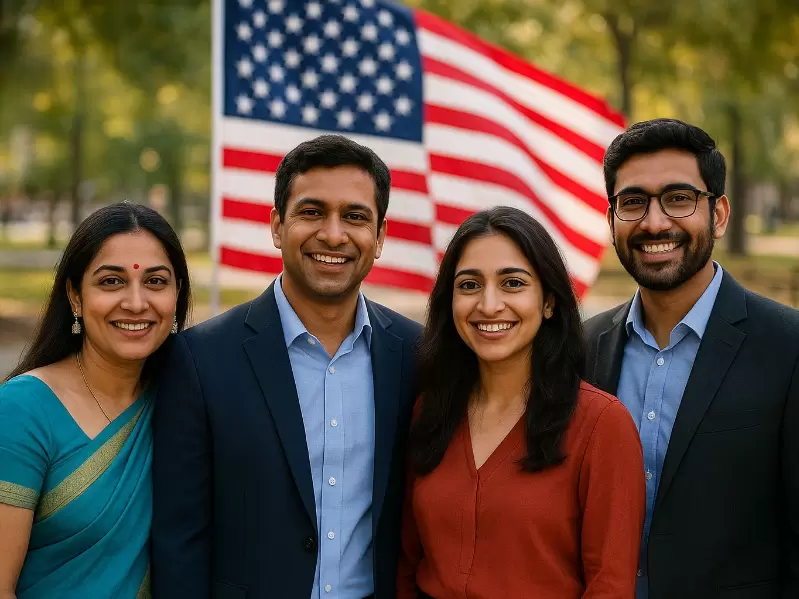
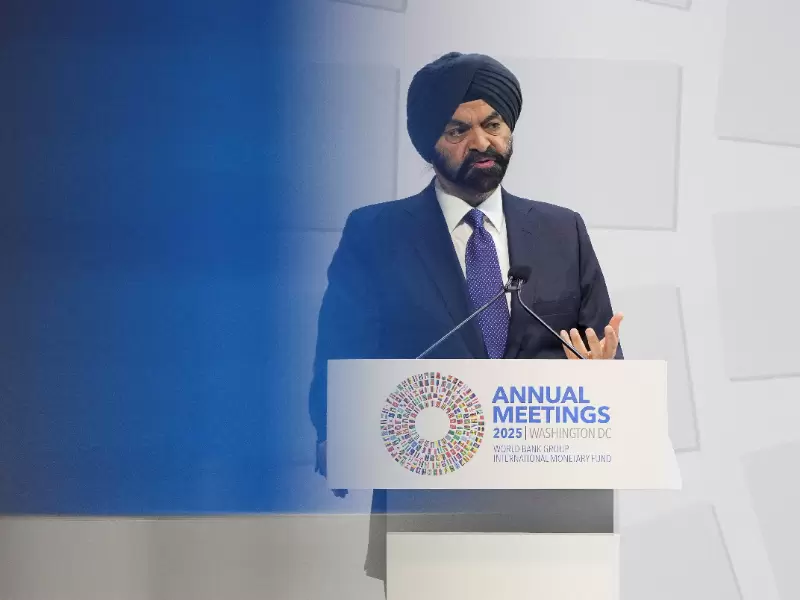

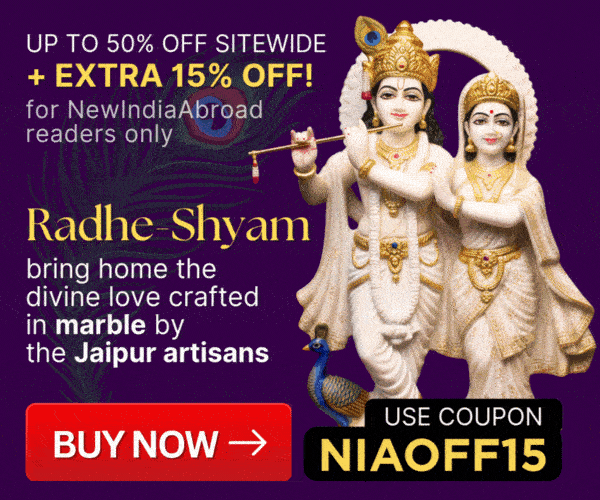

Comments
Start the conversation
Become a member of New India Abroad to start commenting.
Sign Up Now
Already have an account? Login